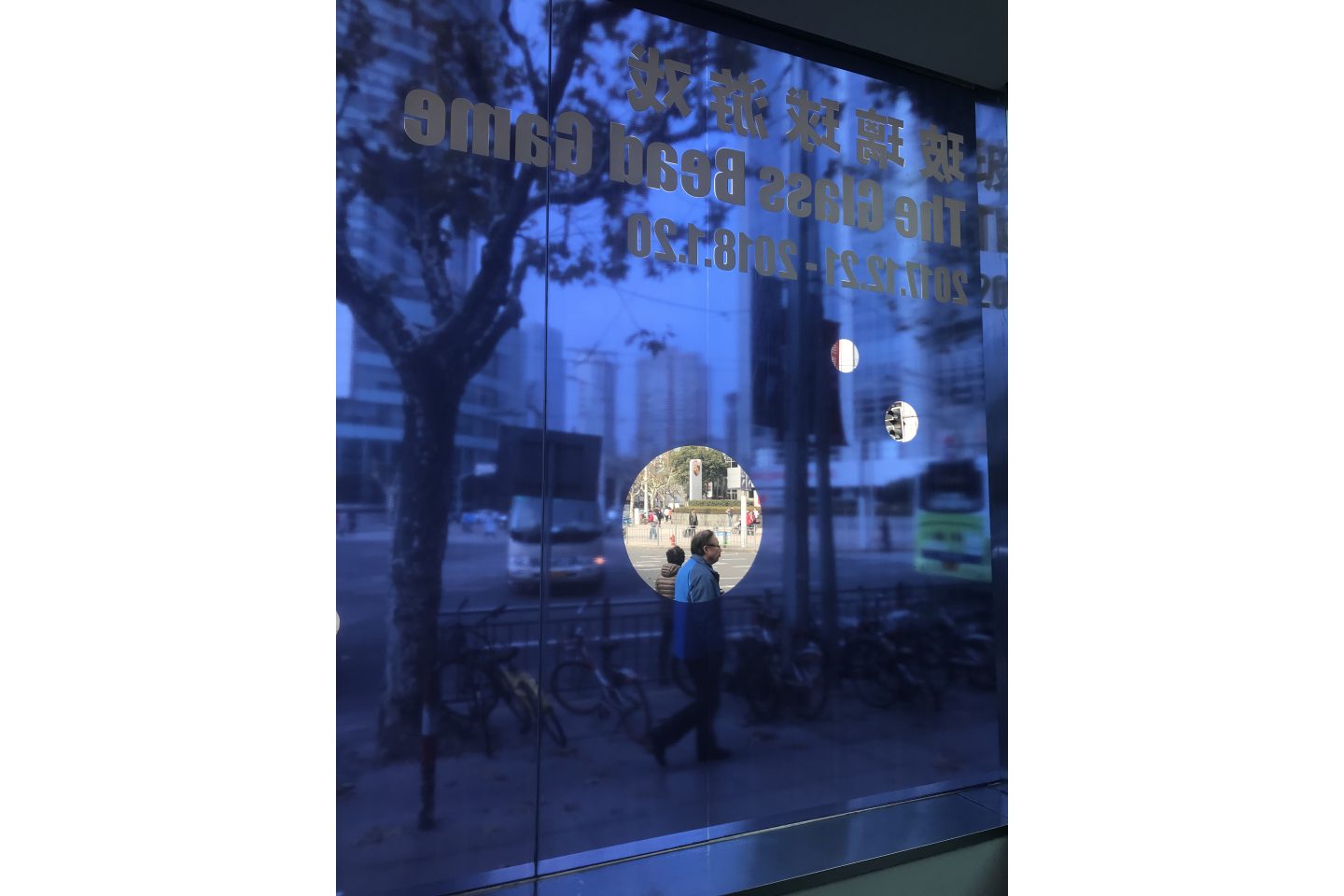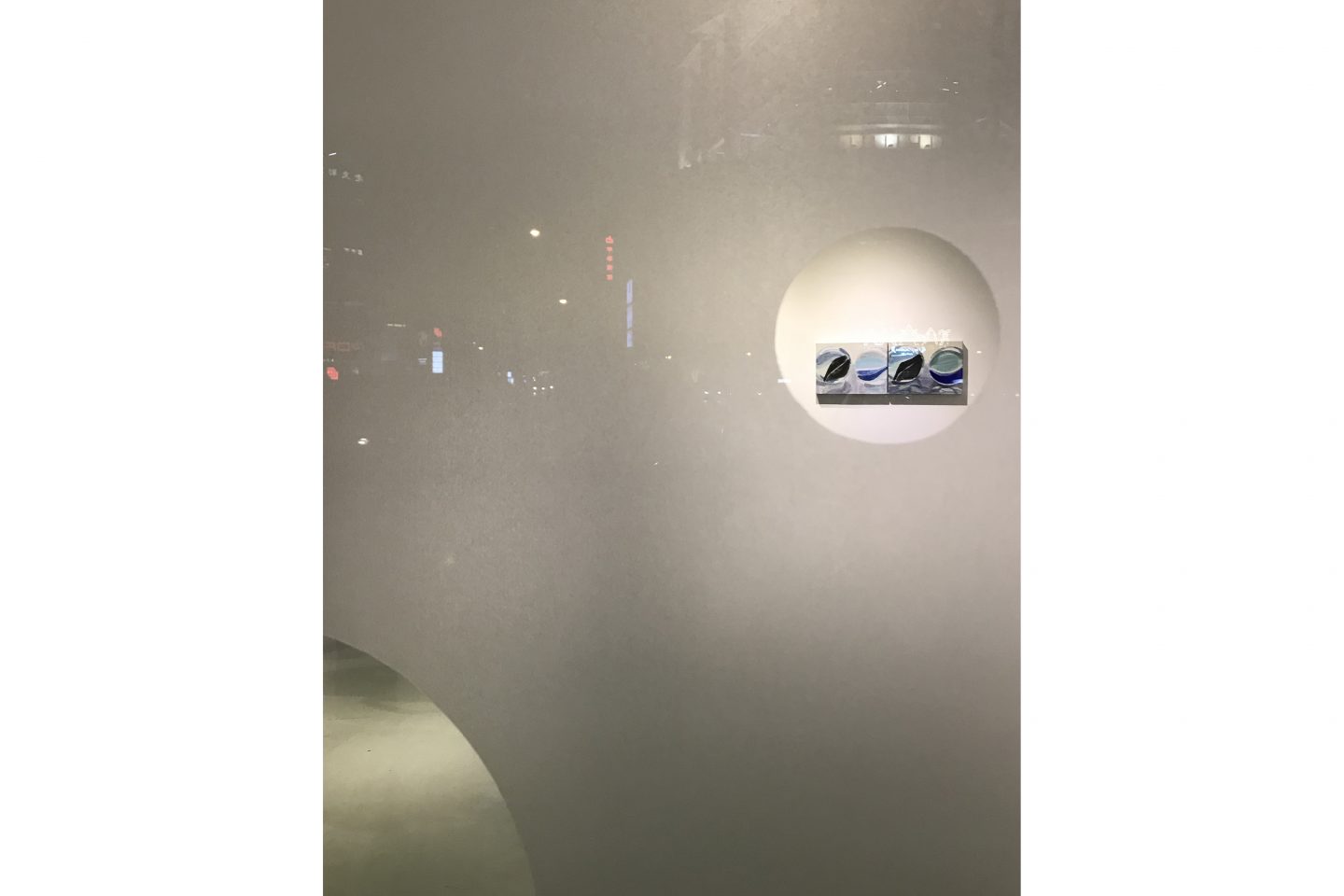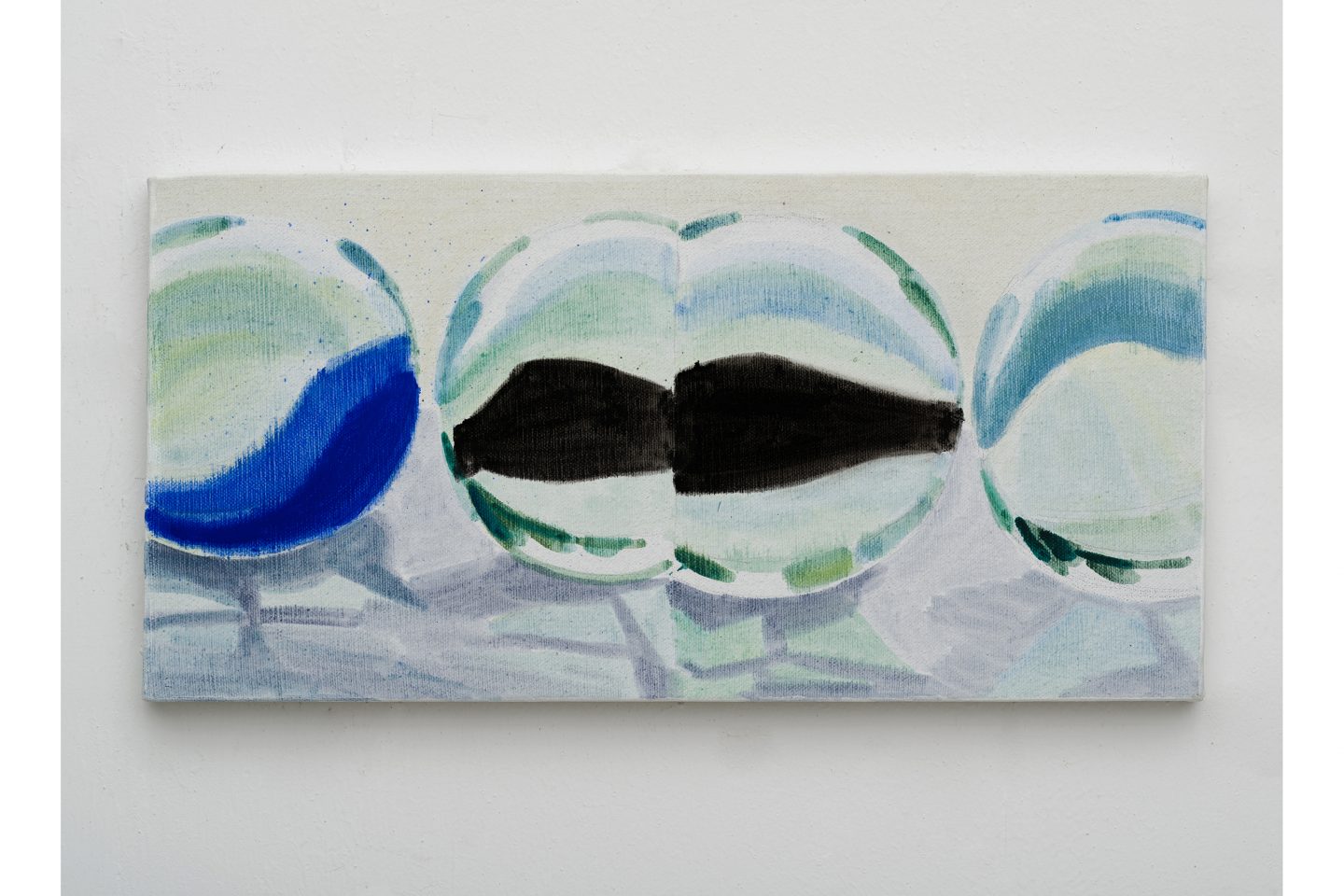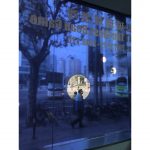
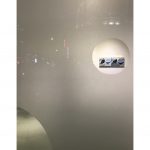
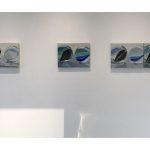
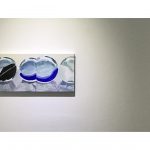
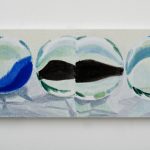
Fusing painting and sound, “The Glass Bead Game” is the result of a long-term process of mutual exploration between two artists and friends.
Sight is used to observe paintings, and the same goes for hearing and sound. Both forms of art have their own unique ways of depicting “time” and “texture”, and in both cases, an artist’s practice is also diametrically disparate. More simply put, painting is a two-dimensional expression of art, having both shape and color, whereas sound exists in time and is shapeless. In this project, one artist used painting to express “time outside the shapes and colors of a static picture”, and the other manipulated waves to show “how sound, while weaker than any material substance, can be sculpted”. In other words, both artists abandoned the advantage of creating in their own field and endeavored to know more about “themselves” through the observation of “others”.
According to a definition provided in the novel The Glass Bead Game, each game is the acquisition of different areas of thinking as well as their rearrangement, combination, and comparison in order to confront the limits of one’s personal safety zone. Both “time” and “texture”, the two main themes of this project, equally develop in parallel; they cross the borders of painting and sound art and draw from each other and form the other’s game rules.
These paintings of glass beads are still lifes, but their focal point is to display how the same beads viewed from the same angle can look differently depending on a given moment in time.
“When I was observing and painting these beads, I discovered I myself entering a borderline state, with my line of sight wandering between the beads and the paint, colors, and shapes on the canvas. What I saw and what I painted interacted with one another in an endless process of emergence and disappearance. This vague process of conversion, for me, is a perception of time itself.”
——Shi Zhiying
